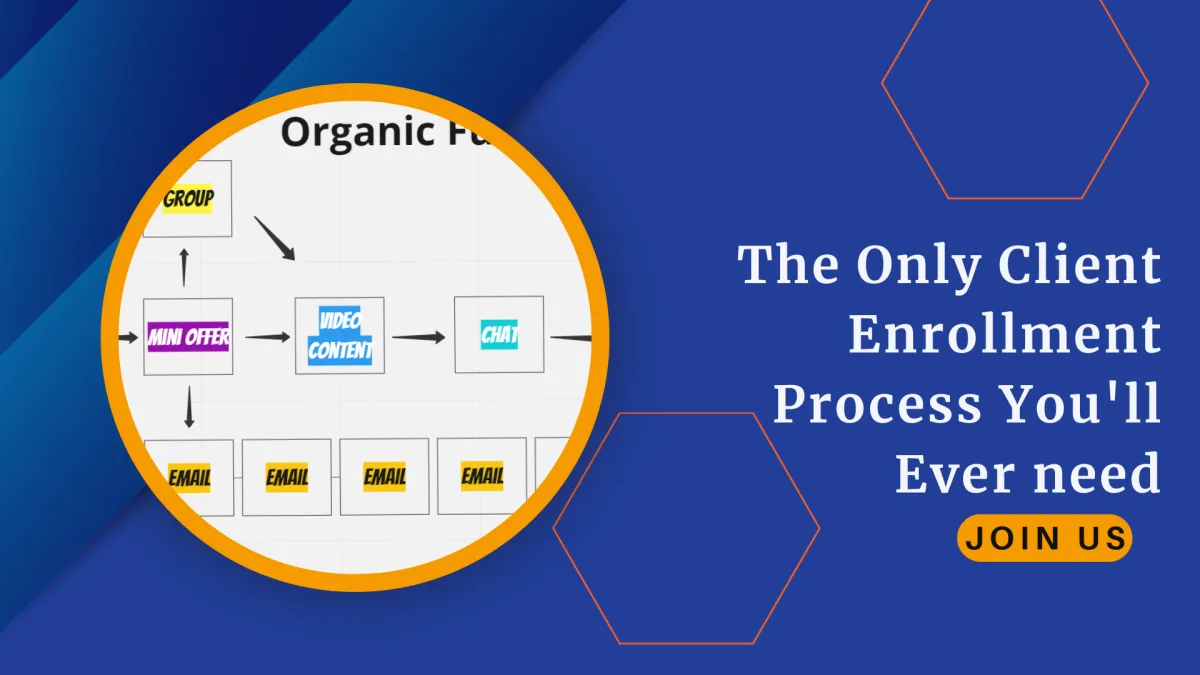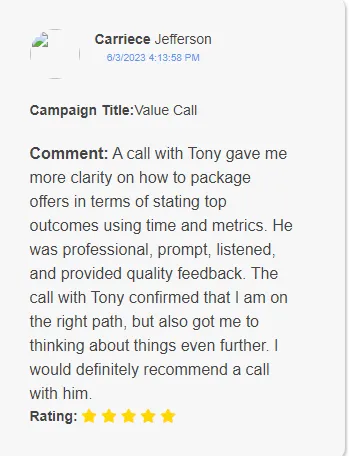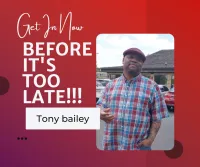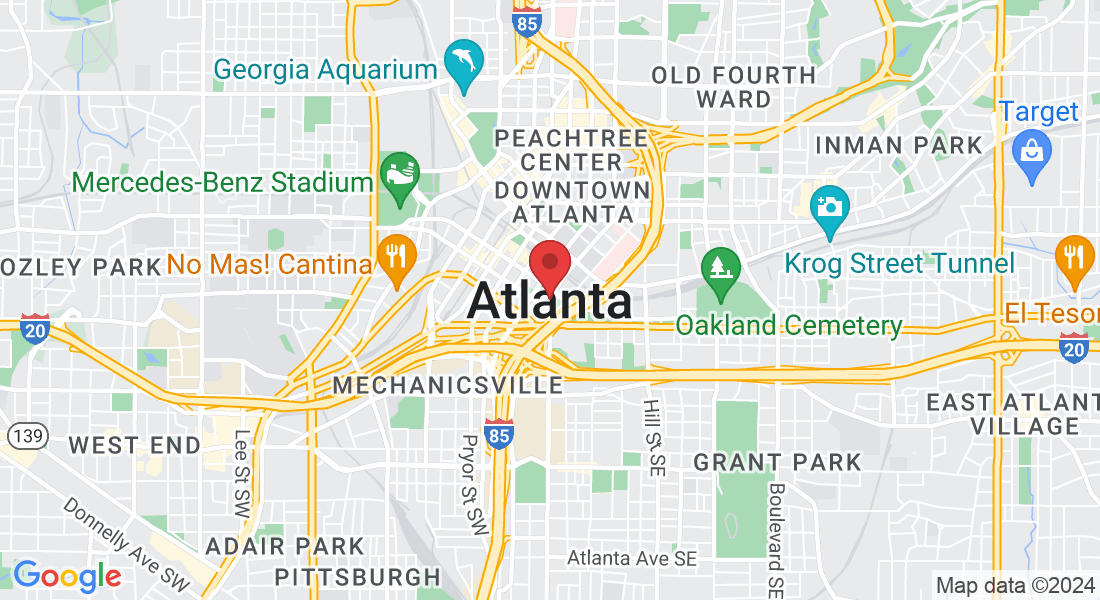Here are some of out latest blogs and trainings.
Results Don't Take Time It takes Courage!

The Only Organic Client Enrollment Process You'll Ever Need
𝗪𝗵𝘆 𝗠𝗼𝘀𝘁 𝗦𝗲𝗿𝘃𝗶𝗰𝗲 𝗽𝗿𝗼𝘃𝗶𝗱𝗲𝗿𝘀 𝗕𝗲𝗹𝗶𝗲𝘃𝗲 𝗙𝘂𝗻𝗻𝗲𝗹𝘀 𝗔𝗿𝗲 𝗔 𝗦𝘁𝗮𝗰𝗸 𝗢𝗳 𝗪𝗲𝗯 𝗣𝗮𝗴𝗲𝘀 𝗗𝗮𝗶𝘀𝘆 𝗖𝗵𝗮𝗶𝗻𝗲𝗱 𝗧𝗼𝗴𝗲𝘁𝗵𝗲𝗿
And I will not argue against that but I am going to expose a well kept secret about funnels that most coaches won’t dare tell you and especially not Russel.
Let’s look at the web page funnel for a second because it’s what we know as being a funnel in most cases.
In marketing and sales, a funnel refers to content that guides potential clients through a refining process, understanding that the less qualified people will fall away while the more qualified people will make it out the other end and become perfect fit customers.
Now most people that holler funnel this and funnel that don’t even understand that bit of information, but let’s go even deeper down the rabbit hole because without the proper understanding you’ll miss it and none of your funnels will work. PERIOD.
I want you to know that funnels are everywhere working all the time and here are a few examples:
Retail Stores: When you walk into a large retail store like Walmart or Target, you will often notice a deliberate arrangement of products. These stores strategically place high-demand or popular items at the front or near the entrance to attract customers and cause awareness. As customers move through the store, they see different promotions, and discounts, that entice them to move deeper into the funnel. The layout guides them through various sections, with specific products strategically placed at eye level to capture interest. Besides that, checkout lanes near the exit act as the final stage of the funnel, where customers convert by buying products.
Car Dealerships: Car dealerships typically have a multi-stage funnel system to guide potential buyers through the buying process. The initial stage is to generate awareness through advertising, online listings, or showroom displays. Interested customers then move into the consideration stage, and explore different car models, test drive vehicles, and gather information about financing options. The decision-making stage involves negotiations, discussing the price, and other factors. Then customers reach the action stage where they make the purchase and complete the paperwork.
Restaurants: Restaurants use a funnel system to attract and keep customers coming back. The initial stage is all about creating awareness through online advertising, social media, or word-of-mouth. Once people are aware of the restaurant, they move into the interest stage, and browse menus, read reviews, and check ratings. If the restaurant causes interest, they move into the consideration stage and either make a reservation or decide to visit. The decision stage involves ordering from the menu and experiencing the food and service. And then, the action stage happens when customers pay their bill, eat, and leave reviews or recommend the restaurant to others.
Set A Value Mapping Call Here:
So now you see you can create marketing funnels anytime anywhere and at will as long as you inject the right principles into it.
Your funnel could be how you do your organic outreach that takes someone from cold to sold.
Your funnel could be How you invite people into your Facebook group and nurture them along your sales cycle so that they go from suspect to prospect to client.
As long as you can use these things effectively you can create funnels that cause the results that you desire:
Here are the key stages of a good funnel, each serves a specific purpose in the customer journey. These stages are key for moving potential clients through the sales or marketing process:
Get The Lead Generation Tool Here:
https://bit.ly/friend-connector-pro
Awareness: The awareness stage is where the potential clients learn about your product, service, or brand. It's crucial to create awareness and grab the attention of your target audience. Effective marketing strategy such as content creation, and messenger outreach, helps you make your potential clients aware of what you offer.
Interest: Once they're aware of your business, the interest stage nurtures their curiosity and encourages them to dig deeper. Giving compelling information, valuable content, and engaging experiences can help supercharge their interest. This stage helps you build strong connections with potential clients and motivates them to move deeper into your funnel to learn more.
Consideration: At the consideration stage, potential clients are actively evaluating your offer. They’ll compare it with alternatives, weigh the benefits, features, pricing, and see how well it meets their needs. This stage often includes providing detailed information about your product or service, testimonials, reviews, or case studies. Helping potential clients make informed decisions during this stage can increase the likelihood of them moving further.
Decision: The decision stage is where they are ready to make a choice. They have weighed their options and are prepared to take action. This stage often requires providing a clear and interesting call to action, such as a "Buy Now" button, a sign-up form, or a free trial offer. The decision-making process will encourage potential customers to convert into paying clients.
Action: The action stage is the ultimate goal of the funnel. It involves potential clients taking the desired action, such as making a purchase, subscribing to a service, or signing a contract. This stage takes prospects from leads to customers and should have a smooth transition process to make it a positive experience. Following up with clients and providing excellent customer service will strengthen your relationship and increase the lifetime value of the new client.
If you as a coach or service provider decide to ignore the key stages of a funnel, there will be negative consequences. Here are some things that will happen:
Missed Opportunities: Ignoring the stages of a funnel means missing chances to attract and keep clients. Without a simple plan to make people aware, generate interest, and guide them along the buying cycle, you will struggle to get new clients.
Low Conversion Rates: When coaches and service providers don't pay attention to the stages that help potential clients move through the funnel, they will have trouble getting people to actually buy. If you don’t provide the right information, and make the decision process easier, they will choose other options or not buy anything at all.
Ineffective Marketing: Ignoring the funnel stages means not understanding what customers want at each step. This will lead to wasting time and money on strategies that don't work well.
Less client Engagement: The stages of a funnel are important for keeping customers interested. If you ignore these stages, your potential clients might not feel engaged or motivated to take action.
Low Customer Loyalty: The stages of a funnel are key for building customer loyalty and repeat business. Ignoring this will cause unhappy clients who don't come back or recommend your business to anyone else.
So not paying attention to the stages of a funnel will hurt your growth, make it harder to get and keep clients, and cause missed opportunities. It's important for you to understand each stage and use strategies that meet your clients' needs throughout the funnel.
Funnels are not just about daisy chained pages, they are an essential part of every aspect of your business.
So what we have learned in this post is, what you really need to understand about funnels and how to implement them so that you can successfully identify and build funnels that convert, whether it’s the frameworks of your business, or a bunch of content strung together by web pages.
Get The Lead Generation Tool Here:



Where much is given much is required.
Lets take your business to the next level and get you retirement ready.
© 2025 Digital revenue Accelerator Method - All Rights Reserved,


